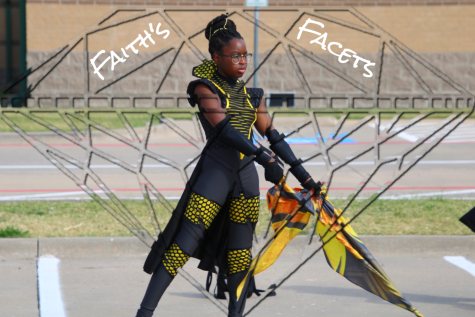Facets of Faith: Turning Red
Staff reporter Faith Brocke expresses her emotions and experiences in her column, Facets of Faith.
March 31, 2022
It’s important that people always maintain strong opinions on the things they enjoy and consume regularly, especially if it pertains to them.
However, people trying to trash and undermine the central message of something because the overall takeaway cannot be watered down to something that they can relate to, when it was truly never meant to pertain to them to begin with, is a different story.
Disney Pixar’s Turning Red ignited a spark in the hearts of viewers young and old—while some audience members cherish the relatability of a 13-year-old Chinese-Canadian girl exploring her growth with strict parents, generational issues and interests, many let the flame burn into something else entirely.
Adult white men have taken the liberty of labeling the movie as the ‘cringe-fest of the year’, focusing solely on the embarrassing instances that transpire in the movie as opposed to the message that was meant for teenage girls, especially young women of color.
I can’t lie and say that there aren’t some scenes that make my skin prickle with secondhand embarrassment, but it adds to the heart and the memories associated with being that age and having an overflowing bounty of embarrassing experiences.
Belittling important themes represented in the film such as when Mei gets a glimpse at a younger version of her mother, Ming, cracking under the same pressure she’s been forced to face, takes away from the media as a whole by attempting to insert themselves into a narrative not written to include them.
This isn’t to say that we should turn viewers who can’t relate to the struggles and experiences away, but to allow them to recognize the faults and phenomenal representations throughout the film without overstepping or making it about themselves.











